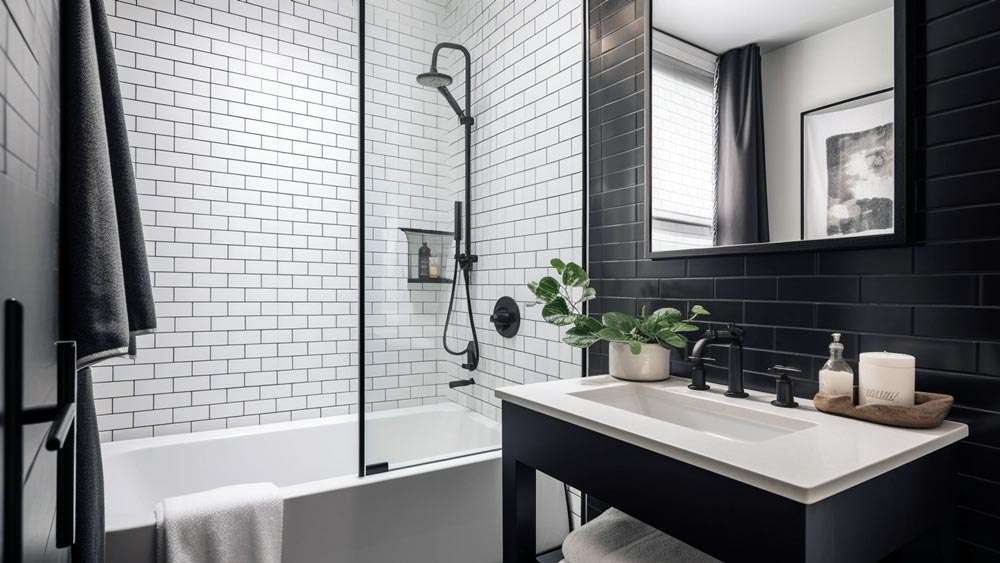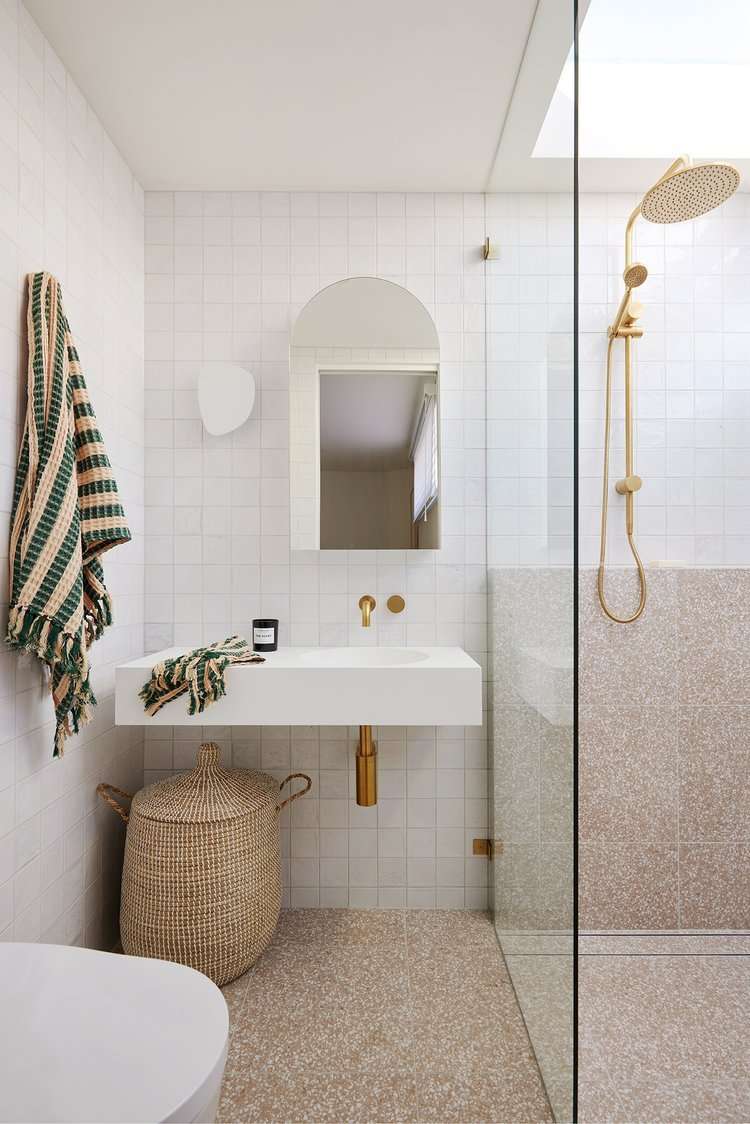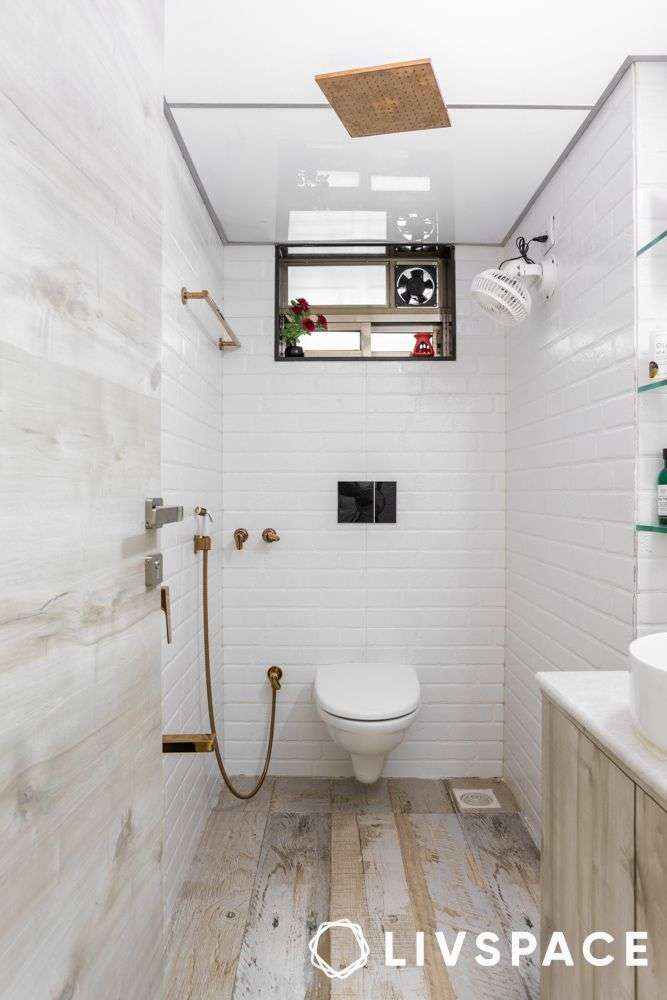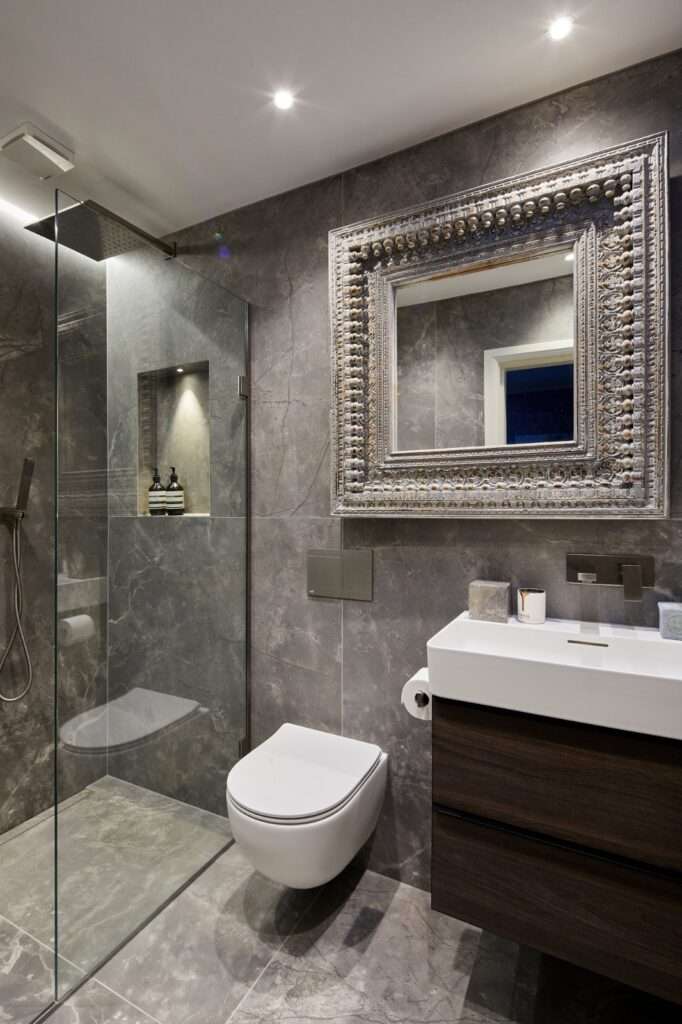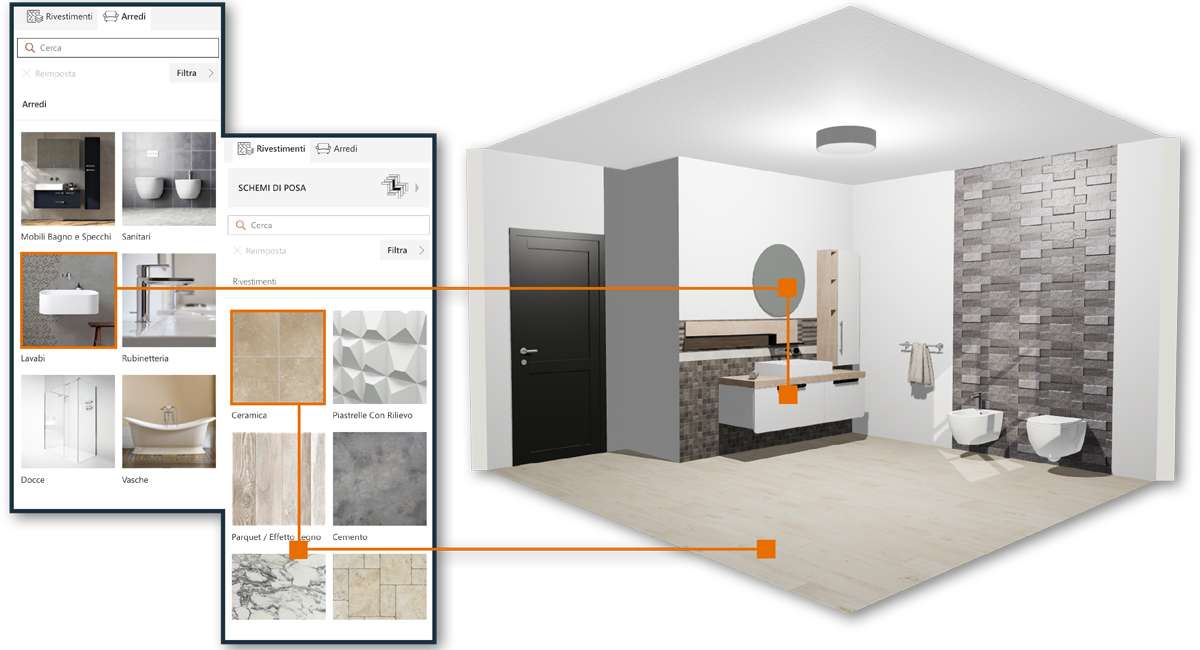Creating a safe and comfortable bathroom for elderly individuals requires careful consideration of several factors. It’s more than just aesthetics; it’s about enhancing independence and preventing accidents, turning a potentially hazardous space into a supportive environment; A well-designed bathroom can significantly improve the quality of life for seniors, allowing them to maintain their dignity and autonomy. Focusing on accessibility and usability is paramount when designing a bathroom for the elderly.
Key Considerations for Safety and Accessibility
When planning a bathroom renovation or new construction for an elderly person, prioritize safety and accessibility. These features can dramatically reduce the risk of falls and injuries.
- Grab Bars: Install grab bars near the toilet, shower, and bathtub. Ensure they are securely mounted and can support significant weight. Different types are available, including wall-mounted and floor-to-ceiling options.
- Non-Slip Flooring: Choose non-slip flooring materials to prevent slips and falls. Textured tiles, rubber flooring, and non-slip mats are excellent choices.
- Walk-In Shower or Tub: A walk-in shower with a low threshold or a walk-in tub eliminates the need to step over a high barrier, reducing the risk of falls.
- Comfort Height Toilet: Install a comfort height toilet, which is several inches taller than a standard toilet, making it easier to sit and stand.
- Adequate Lighting: Ensure the bathroom is well-lit to improve visibility and reduce the risk of accidents. Consider installing motion-sensor lights for added convenience.
Ergonomic Design and Usability
Beyond safety, ergonomic design focuses on making bathroom fixtures and accessories easy to use for individuals with limited mobility or dexterity.
Faucet and Shower Controls
Opt for lever-handled faucets and shower controls that are easy to grip and operate, even with wet or arthritic hands. Consider thermostatic mixing valves to prevent scalding.
Storage Solutions
Install storage solutions that are easily accessible and minimize the need to bend or reach. Consider pull-out shelves, adjustable-height cabinets, and open shelving.
Wheelchair Accessibility
If wheelchair accessibility is required, ensure the bathroom has adequate space for maneuvering. Widen doorways, install a roll-under sink, and provide ample turning space.
The strategic placement of safety features and ergonomic design elements are crucial in creating a senior-friendly bathroom. It’s important to remember that individual needs vary, so personalization is key. Carefully assess the specific needs and abilities of the elderly individual who will be using the bathroom to ensure the design meets their requirements.
Comparative Table: Safety Features
| Feature | Benefits | Considerations |
|---|---|---|
| Grab Bars | Provides support and stability, reducing the risk of falls. | Ensure proper installation and weight capacity. |
| Non-Slip Flooring | Prevents slips and falls on wet surfaces. | Choose materials that are durable and easy to clean. |
| Walk-In Shower | Eliminates the need to step over a high barrier. | Consider adding a seat for added comfort. |
DESIGNING A BATHROOM FOR THE ELDERLY
Creating a safe and comfortable bathroom for elderly individuals requires careful consideration of several factors. It’s more than just aesthetics; it’s about enhancing independence and preventing accidents, turning a potentially hazardous space into a supportive environment. A well-designed bathroom can significantly improve the quality of life for seniors, allowing them to maintain their dignity and autonomy. Focusing on accessibility and usability is paramount when designing a bathroom for the elderly.
KEY CONSIDERATIONS FOR SAFETY AND ACCESSIBILITY
When planning a bathroom renovation or new construction for an elderly person, prioritize safety and accessibility. These features can dramatically reduce the risk of falls and injuries.
– Grab Bars: Install grab bars near the toilet, shower, and bathtub. Ensure they are securely mounted and can support significant weight. Different types are available, including wall-mounted and floor-to-ceiling options.
– Non-Slip Flooring: Choose non-slip flooring materials to prevent slips and falls. Textured tiles, rubber flooring, and non-slip mats are excellent choices.
– Walk-In Shower or Tub: A walk-in shower with a low threshold or a walk-in tub eliminates the need to step over a high barrier, reducing the risk of falls.
– Comfort Height Toilet: Install a comfort height toilet, which is several inches taller than a standard toilet, making it easier to sit and stand.
– Adequate Lighting: Ensure the bathroom is well-lit to improve visibility and reduce the risk of accidents. Consider installing motion-sensor lights for added convenience.
ERGONOMIC DESIGN AND USABILITY
Beyond safety, ergonomic design focuses on making bathroom fixtures and accessories easy to use for individuals with limited mobility or dexterity.
FAUCET AND SHOWER CONTROLS
Opt for lever-handled faucets and shower controls that are easy to grip and operate, even with wet or arthritic hands. Consider thermostatic mixing valves to prevent scalding.
STORAGE SOLUTIONS
Install storage solutions that are easily accessible and minimize the need to bend or reach. Consider pull-out shelves, adjustable-height cabinets, and open shelving.
WHEELCHAIR ACCESSIBILITY
If wheelchair accessibility is required, ensure the bathroom has adequate space for maneuvering. Widen doorways, install a roll-under sink, and provide ample turning space.
The strategic placement of safety features and ergonomic design elements are crucial in creating a senior-friendly bathroom. It’s important to remember that individual needs vary, so personalization is key. Carefully assess the specific needs and abilities of the elderly individual who will be using the bathroom to ensure the design meets their requirements.
COMPARATIVE TABLE: SAFETY FEATURES
Feature
Benefits
Considerations
Grab Bars
Provides support and stability, reducing the risk of falls.
Ensure proper installation and weight capacity.
Non-Slip Flooring
Prevents slips and falls on wet surfaces.
Choose materials that are durable and easy to clean.
Walk-In Shower
Eliminates the need to step over a high barrier.
Consider adding a seat for added comfort.
In conclusion, designing a bathroom for the elderly involves a multifaceted approach, integrating safety features, ergonomic considerations, and personalized design elements. By prioritizing these aspects, you can create a bathroom that promotes independence, safety, and comfort for elderly individuals, allowing them to age in place with dignity and peace of mind.
BEYOND THE BASICS: INJECTING PERSONALITY AND JOY
But let’s venture beyond the purely functional. A senior-friendly bathroom needn’t resemble a sterile hospital room. Imagine instead a sanctuary, a personal spa where the golden years are celebrated with color, light, and a touch of whimsy. Think of incorporating elements that evoke cherished memories and passions. Perhaps a framed photo of a beloved pet nestled beside the mirror, or a collection of seashells displayed on an easily accessible shelf. These small touches can transform a purely practical space into a comforting haven. The goal is to create not just a safe bathroom, but a joyful one.
THE POWER OF COLOR AND TEXTURE
Consider the psychological impact of color. Soft, calming hues like pale blues, greens, and lavenders can create a sense of serenity. Avoid harsh, jarring colors that can be overwhelming. Texture also plays a vital role. Replace cold, hard surfaces with soft, plush towels and bath mats. A sheepskin rug placed near the sink can provide a warm and comforting tactile experience. Even the shower curtain can be an opportunity to inject personality, perhaps featuring a favorite floral print or an abstract design.
SENSORY STIMULATION: A SYMPHONY FOR THE SENSES
Don’t underestimate the power of sensory stimulation. A small aromatherapy diffuser can fill the bathroom with soothing scents like lavender or chamomile. Install a waterproof Bluetooth speaker to play calming music or audiobooks. Consider adding a small indoor plant to bring a touch of nature indoors. These sensory details can create a multi-sensory experience that enhances well-being and promotes relaxation. Think beyond the visual and create a bathroom that delights all the senses.
ADAPTIVE TECHNOLOGY: THE FUTURE OF BATHROOM DESIGN
The future of bathroom design for the elderly lies in adaptive technology. Imagine mirrors that display vital health information, toilets that monitor urine output, and showers that automatically adjust to the user’s preferred temperature. While these technologies are still in their early stages, they hold immense potential for improving the safety and independence of elderly individuals. As technology advances, we can expect to see even more innovative solutions that enhance the bathroom experience for seniors.
Ultimately, the key to successful bathroom design for the elderly is empathy. Step into their shoes, understand their challenges, and create a space that is both safe and supportive. By combining functional design with personal touches and embracing the potential of adaptive technology, we can create bathrooms that empower seniors to live their lives to the fullest, with dignity and joy. It’s about transforming a utilitarian space into a personal oasis, a sanctuary where they can feel comfortable, safe, and truly at home.

